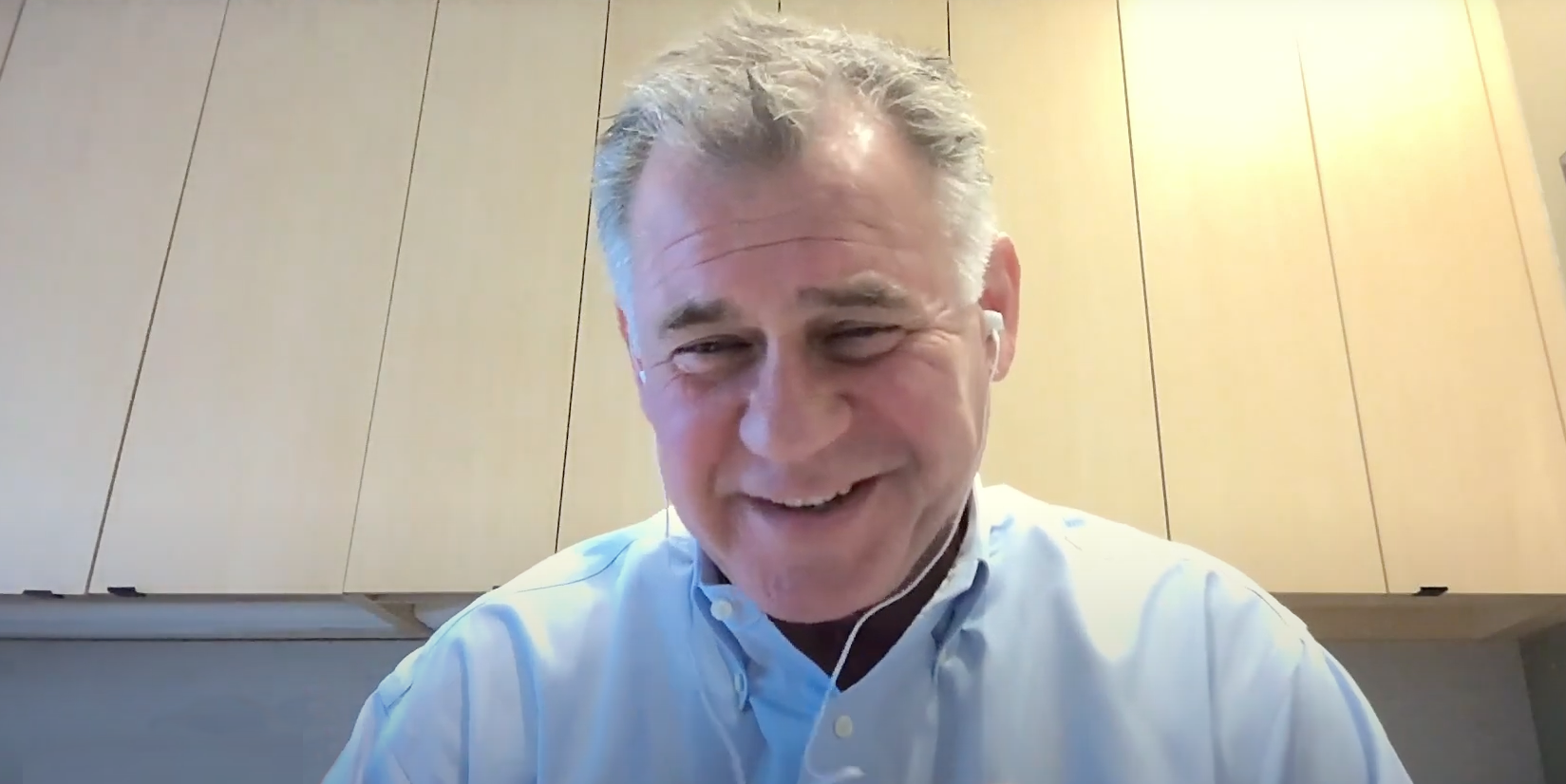Expert match accuracy is a necessary ingredient for a successful employee training program, but not the only one. To ensure that workers get the skills that they want and which the company needs, HR must take certain steps. And by following the correct path, organizations can achieve impressive results.
What Is Expert Match Accuracy?
Expert match accuracy in the workplace refers to the degree of accuracy or effectiveness in connecting the right experts with appropriate tasks, projects, or roles within an organization. In many ways, it is a metric that reflects how well the selected expert fits with the job that they have been given.
Expert match accuracy can be crucial for optimizing productivity, efficiency, and overall performance within a workplace. By ensuring that the right experts are assigned to the right tasks, organizations can leverage their employees’ skills and knowledge effectively, resulting in better outcomes and higher quality work.
One of the methods for obtaining match accuracy is with an expert matching algorithm. As technologies like workforce analytics begin to play more of a role in sourcing employees and experts, it’s expected that expert match accuracy will improve.
The Importance of Expert Match Accuracy for L&D
There was a time when accurate matching and workplace development initiatives faced a tough situation. Employees have always needed personalized development, but it was difficult to find experts who specialized in certain fields. So HR teams were compelled to contract with generalists, and the courses they provided resulted in poor levels of skill. “Spray and pray” never worked.
Nowadays, the advent of mastery platforms allows L&D practitioners to identify coaches, mentors, and technical trainers in any area of workplace skill. Advances in AI and Big Data enable such platforms to analyze extensive collections of experts so that users can identify instructors for the precise skill areas that should be addressed. In fact, some of the top mastery platforms provide a 95% expert match accuracy rate.
How Can You Measure Expert Match Accuracy?
There are many dimensions for assessing the quality of any L&D course, and fit of the instructor is one of them. One helpful method is the 4 Factors of Training Satisfaction, where experts are evaluated according to:
- Quality of preparation and logic of training plan
- “Chemistry” with the employees as well as level of empathy and ability to motivate
- Knowledge of the most recent subject matter and learning techniques
- Talent for communication and simple explanations
In addition, some organizations use a “Go / No Go” assessment. Essentially, an expert receives a pass or fail grade depending on whether they fit the specifications of the course or not. For instance, if a coach is providing a communications course, you can set a KPI stating that 75% or more employees must grade the coach above a 4/5 when they complete their feedback forms. This provides a simple method for determining if the expert should continue working with your organization.
How to Improve the Odds
It’s not just up to the expert to provide effective instruction. There are various things that HR/L&D can do to make sure that they are sourcing the right person for the job.
Modern Platforms
Learning management systems were acceptable a decade or so ago, but technology has moved on. As mentioned, some mastery platforms allow you to locate and collaborate with experts who specialize in hard-to-find areas. They provide choices from a global pool of experts so that you can find matches for culture, language, and time zone. Finally, top-quality mastery platforms enable all L&D functions from a single source, so that HR, managers, experts, and employees can communicate through the same medium.
Skills Gap Analysis
Particularly for large organizations, it is a challenge to understand the skills that you have and the skills you need. A skills gap analysis works at many levels of an organization to help you figure out:
- Where employees are weak in current areas
- Near-future upskilling demands
- Strategic projections for headcount and related skill needs
At the end of a skills gap analysis, you should have a “shopping list” of granular skill areas to use when looking for specialists.
Employee Participation
The final factor in success with expert matching is to find the right employees for your program. To this end, you should:
- Create employee development plans that match an employee’s career path with the skills that the organization needs.
- Include feedback opportunities that assess how the employee feels about their training.
- Provide motivation for employee participation, with an emphasis on internal mobility.
Looking for Accuracy? Growthspace Is Way Ahead of You
One of the reasons for the creation of Growthspace was the lack of expert matching. Without the relevant coaches, mentors, or trainers, companies could not deliver productive L&D. The result was (and still is) billions of dollars wasted on courses and experts who aren’t providing the precise skills that individual workers need.
But Growthspace has turned this situation around for dozens of organizations – its expert matching algorithm has a 95% success rate. Along with its many other features that make life easier for HR, and training more beneficial for employees, it’s a small wonder that Growthspace is the market’s leading personalized talent development platform.




